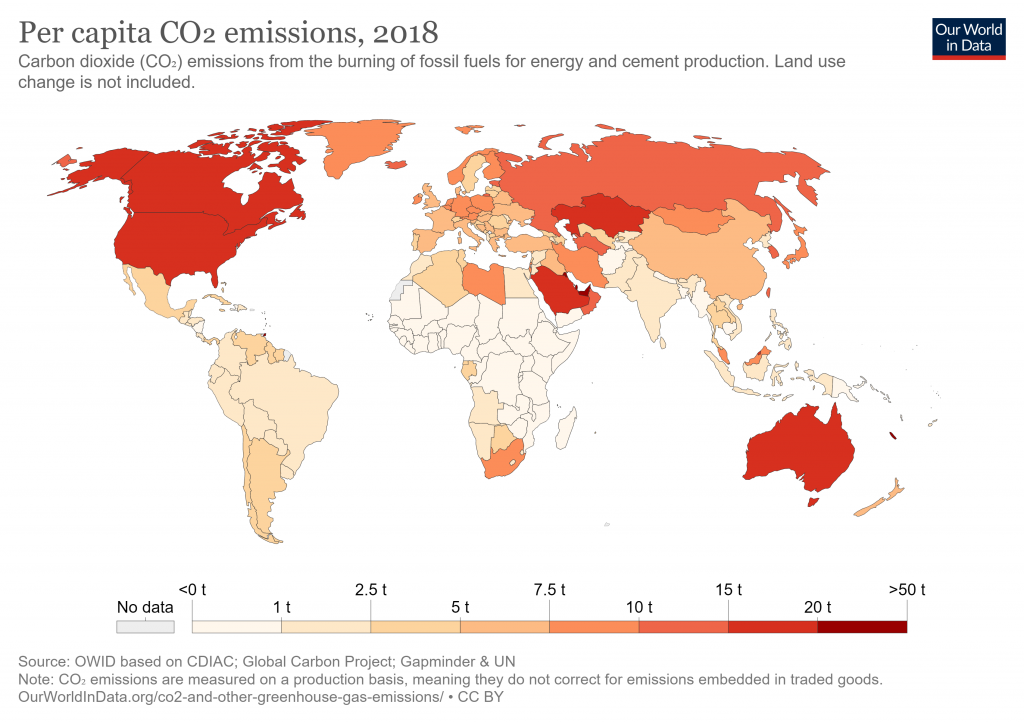Carbon neutrality is the solution that European governments put forward to reach climate neutrality by balancing out CO2 emissions and removals. To get there, approaches bank almost exclusively on ways to dramatically reduce and store emissions.
This short-sightedness puzzles me as protecting existing forests and increasing the wooded area are hardly on the countries or multinationals’ to-do list to meet the target….the very natural carbon sinks.
Indeed, a paper by the European Parliament states in no uncertain terms why forests cannot be considered a satisfactory solution for CO2 removals: “forest fires, changes in land use (ed. note. jargon for deforestation?) or logging”. In other words, forest destruction is taken for granted and woods are denied the crucial role that they may play in CO2 removals.
A study published in July 2019 by the Science magazine shows that in fact, forest restoration is the most effective way to tackle climate change. The paper demonstrates that, farmland and human settlements aside, there is still room for an extra 0.9 billion hectares of new forests which would mean a 25% increase in wooded area. The 500 billion trees thus planted would reduce atmospheric CO2 by 25%.
Alas, the carbon neutrality strategy does not seem to have ever set as its target climate change prevention and forest preservation, although the two objectives go hand in hand. Let us imagine that, in the near future, nuclear fusion powers plants (the same principle solar activity is based on) become the norm. A huge amount of energy could be generated cheaply which would translate into a reduction of more than 60% in the amount of carbon coming mainly from power and heat production and the transport sector. In such a scenario, having settled for carbon neutrality, we can clear all the forests of the earth in good conscience. Global warming would come to a halt. Is this enough, however?
We are witnessing a race towards carbon neutrality using technology alone. But for a global-scale issue we need a global-scale answer. Carbon neutrality is a targeted solution more suited for the developed world which get to keep their wealth and invest in technological projects. This is a rather short-sighted and selfish approach.
The question for the neutrality proponents should be: will the carbon neutrality target be enough for countries such as Brazil and the African countries? An answer in the affirmative would spell environmental disaster so long as countries with a significant tree cover will be allowed to cut it down to the level at which the CO2 emissions of their underdeveloped economies will be removed.
The graph below is a picture worth a thousand words.

The countries with the lowest level of carbon emissions are those with the largest tree cover. They are mainly in the tropics. Will they also be allowed to become carbon neutral or they will be doomed to underdevelopment for the sake of the planet with every violation carrying economic sanctions? In other words, if they do not receive financial incentives to preserve their forests, and are punished when cut them down, instead.
The answer? Carbon neutrality should be achieved also by massive afforestation everywhere on the planet and by wealth transfer to countries willing to keep their forests untouched.
So long as logging is more lucrative than standing forests, woods will continue to disappear. Carbon neutrality risks to become deforestation neutrality.
Have a nice weekend!



